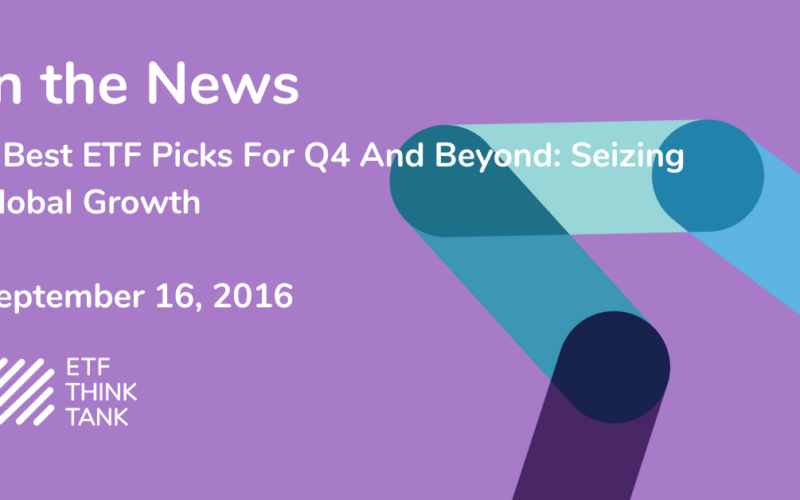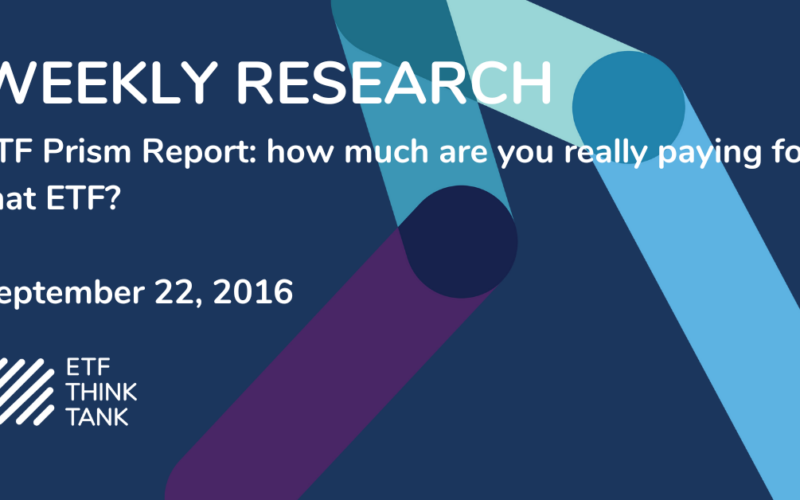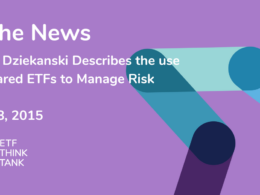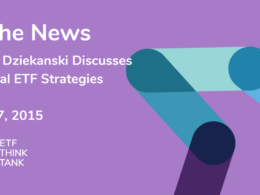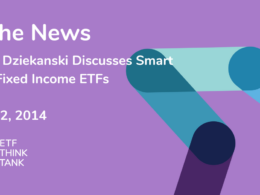Source: Investors.com
Bid the lovely summer calm adieu. Most ETF investors watched their portfolios coast along for roughly two months until the financial markets sank and volatility spiked, all over again.
Stocks, bonds and even traditional safe havens came under selling pressure from an enigmatic Fed in recent trading sessions. As the Federal Reserve kept the market guessing about its next move on interest rates, portfolios hit a squall.
SPDR S&P 500 (SPY), a proxy for the broad U.S. market, ended 2.4% lower in the month ended Sept. 13 while setting fresh all-time highs along the way. The largest ETFs that invest in foreign-developed and emerging markets posted losses of 1.7% and 3.6% over the same period, respectively.
IShares Core U.S. Aggregate Bond (AGG) gave up 0.8%. SPDR Gold Shares (GLD), a commodity ETF, lost 1.3%.
And the shine came right off PureFunds ISE Junior Silver (SILJ), whose 210.7% gain year to date is unrivaled among nonleveraged exchange traded funds. It crumbled 17.9% in the past month, a laggard among ETFs.
A tough month held a few ETF market winners too. Among them were bank, energy and internet-focused funds, which advanced as much as 4%.
SPDR S&P Bank (KBE) pulled off a 3.4% gain in the month through Sept. 13, rising and sinking along with policymakers’ back-and forth remarks on a hike in short-term interest rates.
Among international ETFs, KraneShares CSI China Internet (KWEB) stood out, rising 3.7% as stocks like Alibaba (BABA) and Tencent (TCHEY) flew to their best levels in years.
In this environment, managing risk is key, writes Richard Turnill, BlackRock’s global chief investment strategist. He sees certain crowded trades sending short-term danger signals.
“We advocate reducing popular positions where prices have moved beyond fundamentals,” he cautioned, naming gilts, or U.K. government bonds, and bond proxies, such as utility stocks, as examples. He likes dividend growers and quality stocks — found in ETFs such as iShares Core Dividend Growth (DGRO) and Vanguard Dividend Appreciation (VIG) — in a shaky market.
The specter of volatility looms, too, in the minds of two money managers who spoke to IBD about their best ideas for successfully investing in ETFs in the final quarter. While braced for more potential pain, they are focused on finding pockets of growth in tomorrow’s markets. Here’s what they had to say:
Rob Lutts is chief investment officer at Cabot Wealth Management in Salem, Mass. As fee-only financial advisors, the Cabot team provides investment management services to typically high-net-worth individuals, as well as institutions. The firm focuses on growth-oriented investments and uses ETFs extensively in its strategies. Assets under management: about $565 million.

We expect generally favorable but volatile stock market performance in the fourth quarter. Low interest rates and a stronger economy will generate real earnings growth in the S&P 500 for first time in many quarters. We believe the S&P 500 could trade at 2,350 by year-end.
VanEck Vectors Gold Miners (GDX) invests in global companies involved in gold mining activity. The price of gold had a nearly 50% corrective phase over the past five years. Central banks globally have created more than $12 trillion in fiat money over the last six years that will eventually stimulate a new phase of currency debasement and inflation. Gold is the only currency that cannot be debased by central bankers. Gold prices should rise as demand rises due to currency debasement. Mining companies will have high profits under this scenario.
WisdomTree India Earnings Fund (EPI) offers exposure to a country we like. The Indian stock market, as measured by the Sensex index, has appreciated an average of 17% annually from 1981 to 2015, including 1.5% in dividends. This is 50% better than the 11.4% annual growth seen in the S&P 500 index over the same time period, including dividends.
Prime Minister Narendra Modi has instituted structural changes to the country’s legal and regulatory environment that should allow a higher level of growth. We expect annual India GDP growth to increase to 8% or even 9% in the coming years. And we like this fund’s focus on earnings and sector exposure (oil and gas is 16%, banks 13% and diversified financial services 13%). We favor financial services, which may be the top sector in India. This fund has the highest weighting in this area.
KraneShares CSI China Internet Fund (KWEB) invests in the expansion of the Chinese middle class via companies in the online technology sector, like Alibaba (BABA), Tencent Holdings(TCEHY), NetEase (NTES) and Ctrip.com (CTRP). The 1.3 billion people of China love to use the internet, and these companies are making it happen. Ignore much of the negative hype around China — this fund holds some great growth companies. We don’t see the fund’s high concentration of assets in the top stock holdings as a big issue — these are top companies in the internet sector.
Michael Venuto is chief investment officer of Toroso Investments in New York City. The firm describes ETFs as the specialty of its three core business units — wealth advisory, asset management and consulting. AUM: $86.8 million.

We have maintained the position that without further monetary stimulus, U.S. markets are likely to be volatile and provide flat-to-negative returns. That said, we do see opportunities for returns in specific characteristics and unique market niches.
QuantShares U.S. Market Neutral Anti-Beta Fund(BTAL) provides a form of portfolio insurance without the decay and cost associated with many inverse and/or VIX futures-based products. The index behind BTAL is short the high-beta names in the S&P 500, while being long low-beta names. The position provided substantial protection during market downturns, and we continue to build the allocation, as further insurance is needed.
Direxion All Cap Insider Sentiment Shares (KNOW) combines a defensive screen with an alpha-producing characteristic. The index that this ETF tracks screens the S&P 1500 for aggressive accounting and other governance-based metrics in order to avoid future permanent losses of capital like Lehman Brothers or Fannie Mae. Then, it seeks potential alpha through concentrated overweights to securities with substantial insider buying. The ETF has a high active share vs. the S&P 500 and has provided stellar performance.
Emerging Markets Internet & Ecommerce (EMQQ) invests in companies that represent one the greatest growth stories of our generation, at over 35% annualized return on equity. Despite our general negative outlook on U.S. markets, one area where we see potential growth is the emerging market consumer. The beauty of this ETF is that it focuses on the Amazons (AMZN) (e-commerce) of the emerging markets rather than the Wal-Marts (WMT) (brick-and-mortars). The ETF has provided positive returns since inception while the broad-based MSCI Emerging Markets index has been negative.






